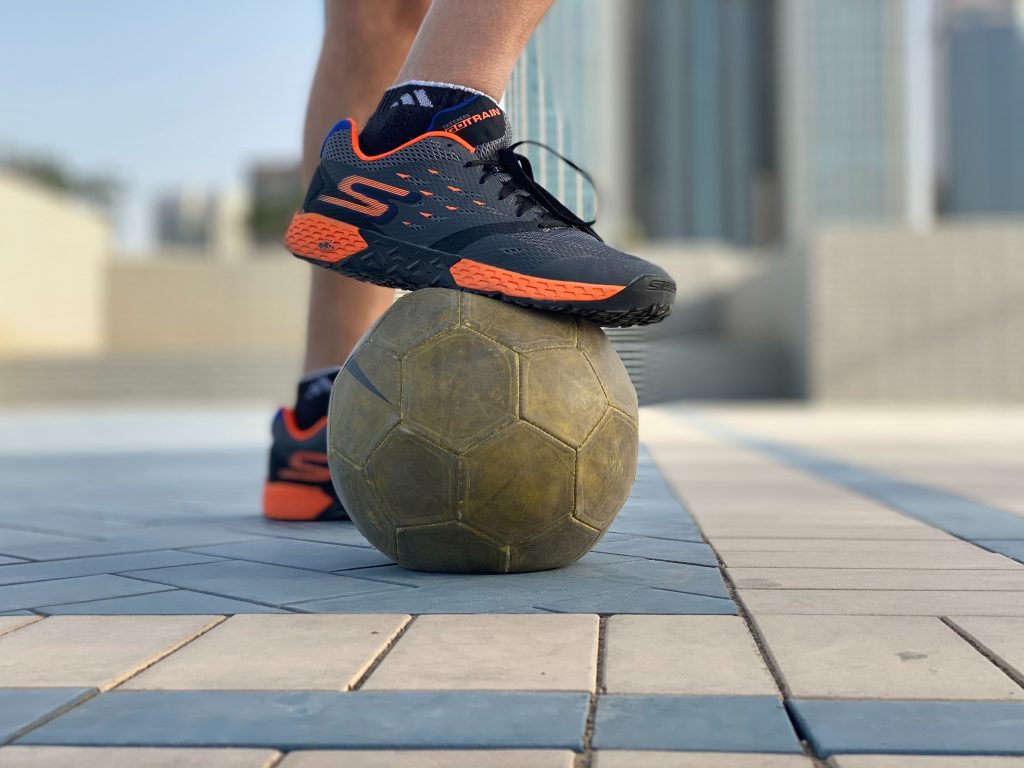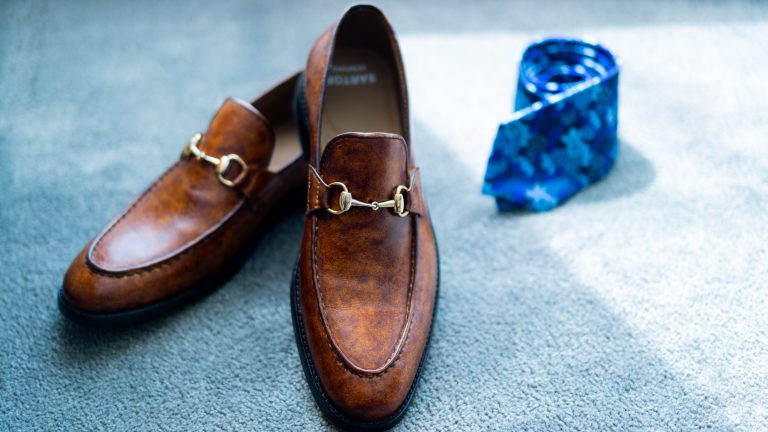What is Quality in Footwear? How Do You Inspect Shoes?
What is Quality in Footwear? In a world where fashion meets functionality, footwear plays a crucial role. The quality of shoes not only determines how comfortable they are but also how long they’ll last. Whether you’re a shoe enthusiast or simply someone who wants to make wise footwear choices, understanding what constitutes quality in footwear and how to inspect shoes is essential. In this article, we’ll delve into the intricacies of shoe quality, examining the factors that make a pair of shoes exceptional and how you can assess them effectively.

1. Understanding the Basics: What Defines Quality in Footwear?
What is Quality in Footwear?
Quality in footwear is more than just skin deep. It encompasses various aspects, including the materials used, craftsmanship, and design. A good pair of shoes should provide comfort, durability, and style.
1.1 Materials Matter: Leather, Fabric, or Synthetic?
When it comes to quality, the type of material used is paramount. Leather, fabric, and synthetic materials all have their pros and cons. We’ll explore the benefits of each and help you make an informed choice.
1.2 Craftsmanship: The Art of Shoemaking
A well-crafted shoe showcases the expertise of the shoemaker. From stitching to sole attachment, every detail matters. Learn how to identify signs of excellent craftsmanship and what to look for in a pair of well-made shoes.
1.3 Design and Ergonomics: Fashion Meets Function
Aesthetics and functionality go hand in hand in the world of footwear. Discover how shoe design impacts comfort and how to find a balance between style and support.
2. How Do You Inspect Shoes Before Purchasing?
Inspecting shoes before making a purchase is crucial to ensure you get value for your money. Here’s a step-by-step guide on how to inspect shoes effectively.
2.1 Check the Stitching and Gluing
Loose threads and visible glue are red flags. Properly stitched and glued shoes indicate durability. Learn how to spot signs of poor craftsmanship in the stitching and gluing of shoes.
2.2 Examine the Insole and Outsole
The insole provides cushioning, while the outsole offers traction. Both should be made of high-quality materials. Understand how to assess the insole’s comfort and the outsole’s durability.
2.3 Assess the Fit: Size, Width, and Arch Support
Ill-fitting shoes can lead to discomfort and foot problems. Know your foot size, width, and arch type to find shoes that provide adequate support. Learn how to test the fit of shoes effectively.
3. Conclusion: Making Informed Footwear Choices
In conclusion, understanding the nuances of footwear quality and knowing how to inspect shoes are invaluable skills. By paying attention to materials, craftsmanship, design, and fit, you can make confident choices when purchasing shoes.
FAQs About Footwear Quality and Inspection
Q1: Can I improve the comfort of my shoes if they are made of synthetic materials?
Yes, you can enhance comfort by adding cushioned insoles made of materials like memory foam.
Q2: Are handmade shoes always better in quality than mass-produced ones?
Not necessarily. Both handmade and mass-produced shoes can be of high quality. It depends on the craftsmanship and materials used.
Q3: How often should I replace my shoes for optimal foot health?
It’s recommended to replace shoes every 300-500 miles of walking or every 6-12 months, depending on usage and wear.
Q4: What should I do if the shoes I bought online don’t fit well?
Most online retailers have a return or exchange policy. Contact customer service and follow their guidelines for returns or exchanges.
Q5: Can I waterproof my shoes at home, and is it necessary?
Yes, you can waterproof your shoes at home using appropriate sprays. It’s especially important for leather shoes to protect them from water damage.




Leave a comment